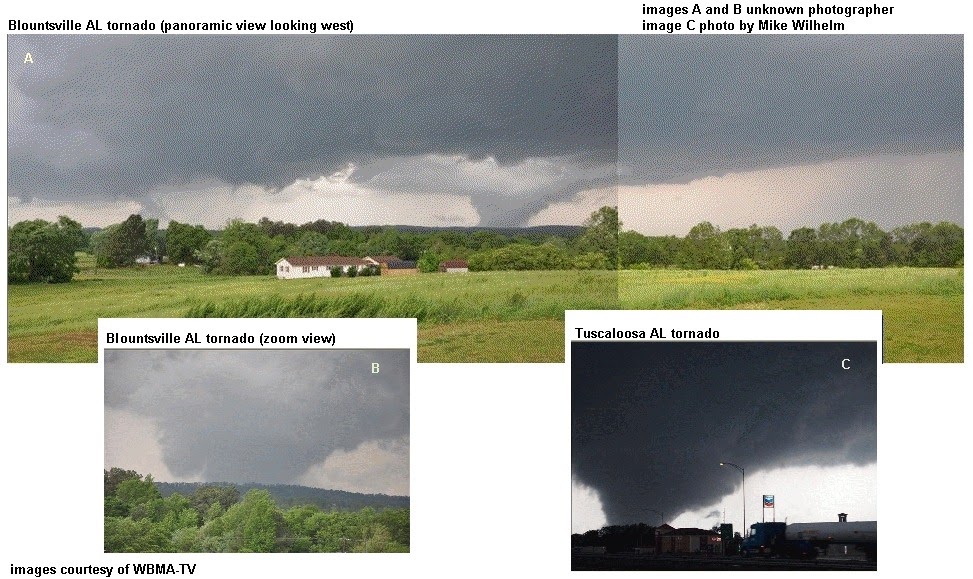I guess I don't really understand what you're looking for. I don't understand "what counterpart it [SRH] plays a role in the tornado's width of tornadic winds" even means!
As others in earlier replies have stated, there are multiple (not just one) factors (dynamic, thermodynamic, micro-physical) that play a role in producing a tornado or a tornadic thunderstorm, for that matter. These factors influence the cumulonimbus (Cb) on various time and space scales, which if they come together in just the right way, will cause the Cb updraft(s) to rotate. The term "circulation" is meaningless within the meso-scale (i.e., thunderstorm-size space scale) and generally applies to much larger space scales (i.e., synoptic, hemispheric space-scales). The various parameters (SRH, CAPE) that you have made reference to are merely mathematical or formulaic constructs on a logarithmic thermodynamic diagram and, by themselves, have little relevance to the specific makeup of the Cb (i.e., "width of the tornadic winds," whatever that means), but rather capture a snapshot of the atmospheric conditions in which Cb(s), possibly becoming severe or capable of producing tornadoes, may form over a given area of landmass during an imminent time period (often used by the Storm Prediction Center in Norman, OK, to construct tornado- and severe-storm watch "boxes" that are conveyed to the public).
It seems you are "mixing apples and oranges" here, on both time and, especially, space scales. And, by the way, the Fujita EF0-5 Scale is also a similar tool to classify tornado intensity by observation of structural damage. Not all the structural damage in a given damage path is done by one tornado; there may be multiple vortices, satellite vortices, or straight-line inflow/rear-flank downdraft winds which can also cause such damages. All of these factors will have some influence on the "width of the tornadic winds" associated with a tornadic thunderstorm.
So, for all the reasons stated above, your question seems to make little practical sense, and thus may have no logical or meaningful answer.

